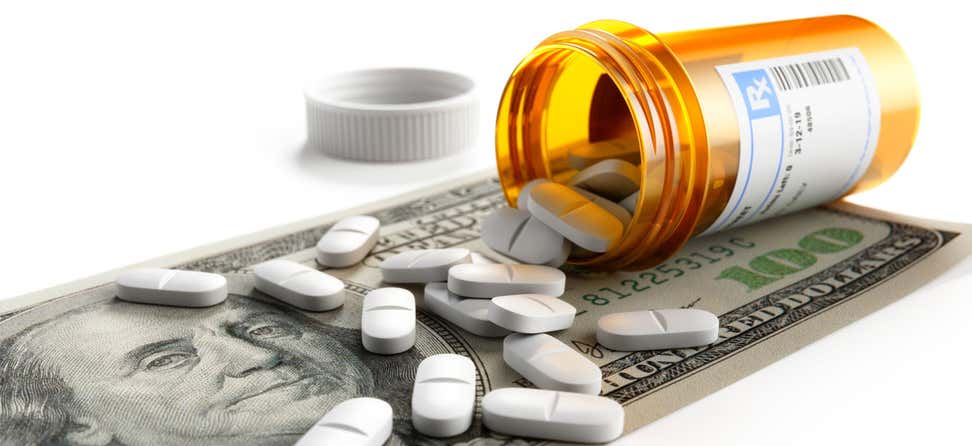Key Takeaways
Medicare Part D is the part of Medicare that pays for prescription drug coverage.
Medicare Part D is offered by private insurance companies, and what you pay will vary by plan.
Medicare Part D is the prescription drug coverage available to people with Medicare who have Medicare Part A and/or Part B and live in a Part D plan’s service area. The Part D benefit is available through private plans that are approved by Medicare.
Each Part D plan can vary in cost and the drugs covered, and plans can change from year to year. A plan that covers certain prescriptions this year might change and not cover them next year.
Enrollment in Part D
There are certain periods when a person with Medicare can enroll in Part D. One is the Initial Enrollment Period, when you first become eligible for Medicare. There are also Special Enrollment Periods, such as when you retire and lose employer drug coverage, or if you move out of one Part D plan’s service area to another area.
The Annual Open Enrollment Period occurs from Oct. 15 to Dec. 7. During this time, people with Medicare can join, disenroll, or switch Part D and/or Medicare Advantage plans (many of which also offer prescription drug coverage).
If you choose to enroll in Part D outside of your Initial or Special Enrollment Periods, you may face a late enrollment penalty, depending on the circumstances. This penalty may result in higher monthly premiums for the rest of the time that you has drug coverage from Medicare, unless you qualify for the Part D Low Income Subsidy (LIS/Extra Help).
Costs of Part D
Most people enrolled in a Part D plan (and not eligible for LIS/Extra Help assistance) have out-of-pocket expenses. Expenses may include:
- A monthly Part D plan premium (average premium in 2021 is $30),
- An annual deductible (maximum $445 in 2021),
- A cost-sharing portion of plan-covered drugs (either a copayment or coinsurance during the Initial Coverage Period),
- A percent of the cost of drugs during the period after the Initial Coverage Period and before Catastrophic Coverage begins (this used to be called the Coverage Gap or "donut hole"), and
- If you reach the Catastrophic Benefit Period (only a small percentage of beneficiaries do), minimal drug copayments or coinsurance costs.
Be sure to check out our chart of costs in Part D to understand these expenses in the current year. It is important to remember that people change and plans change. Everyone with Medicare Part D should re-assess Part D coverage during the Annual Enrollment Period to determine whether their plan continues to best suit their prescription needs in the coming year.
Getting help with Part D plans and costs
If you or an older adult you know needs assistance exploring your Medicare drug coverage options, use these resources:
- BenefitsCheckUp® is a free online tool that screens for eligibility for thousands of programs that can pay for health care and other costs, including prescription drugs.
- Your local State Health Insurance Assistance Program (SHIP) is federally funded to provide free, objective assistance to people with Medicare and their families. To find your SHIP, call toll-free 877-839-2675 or visit the SHIP TA Center website.









